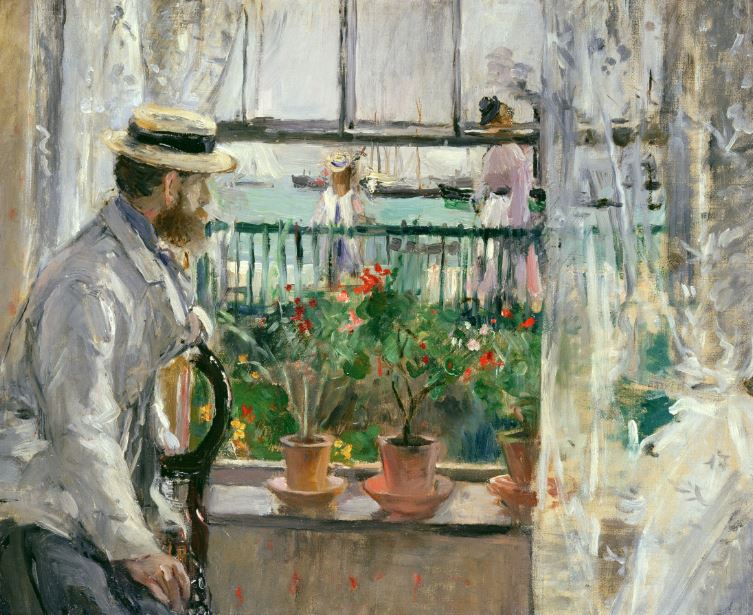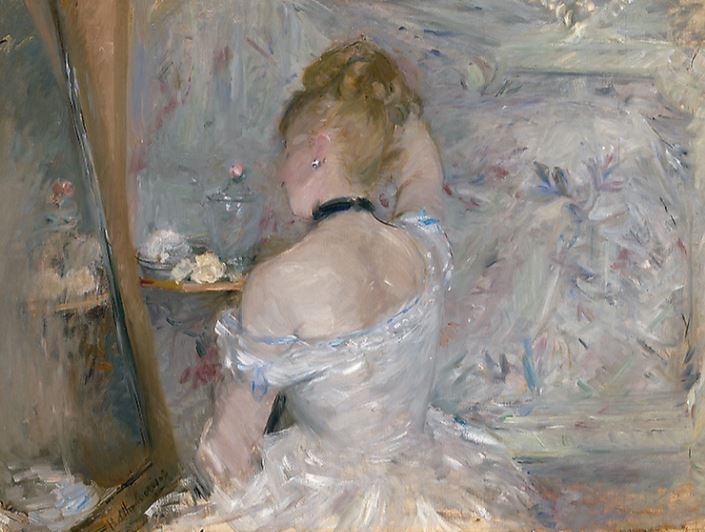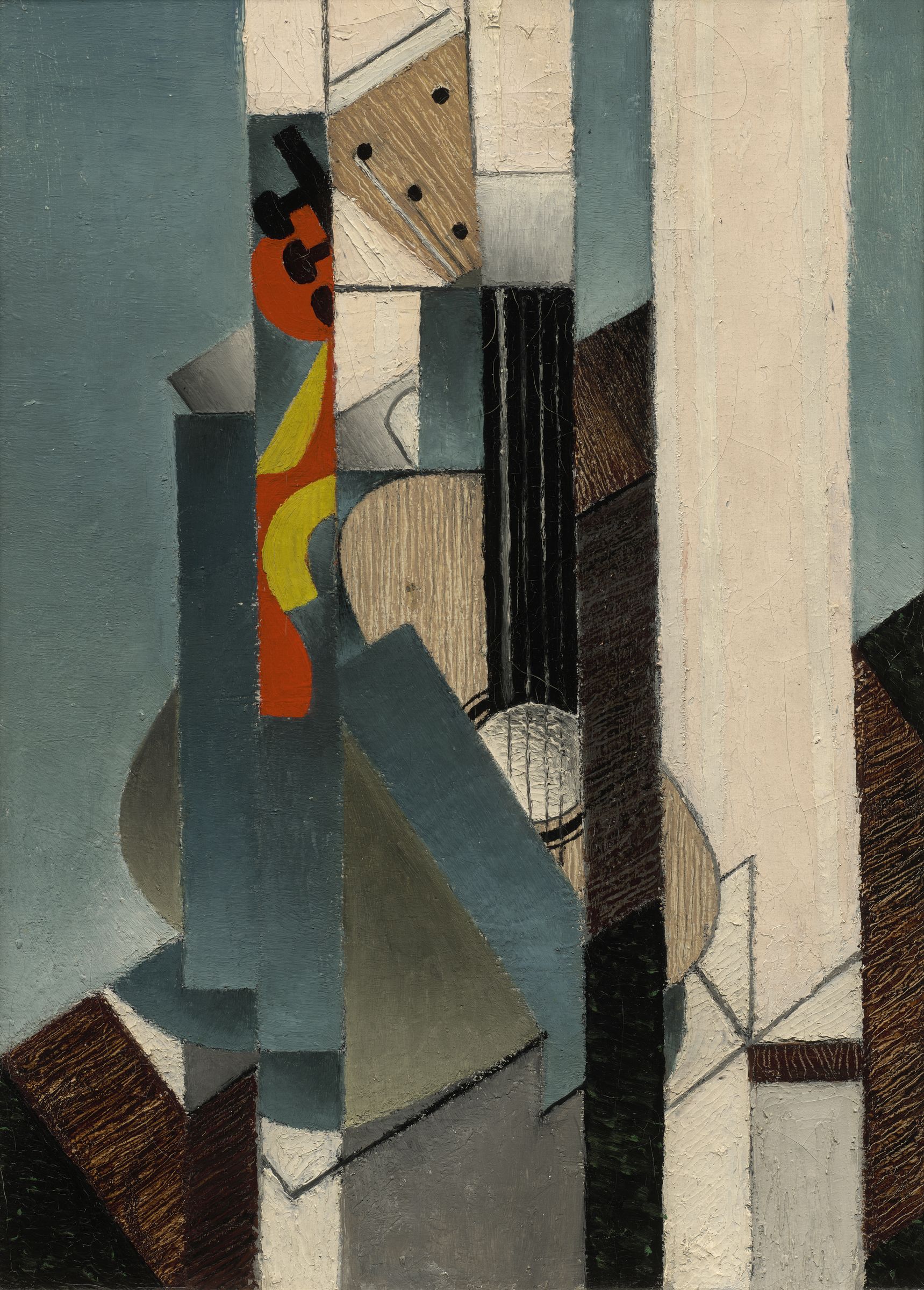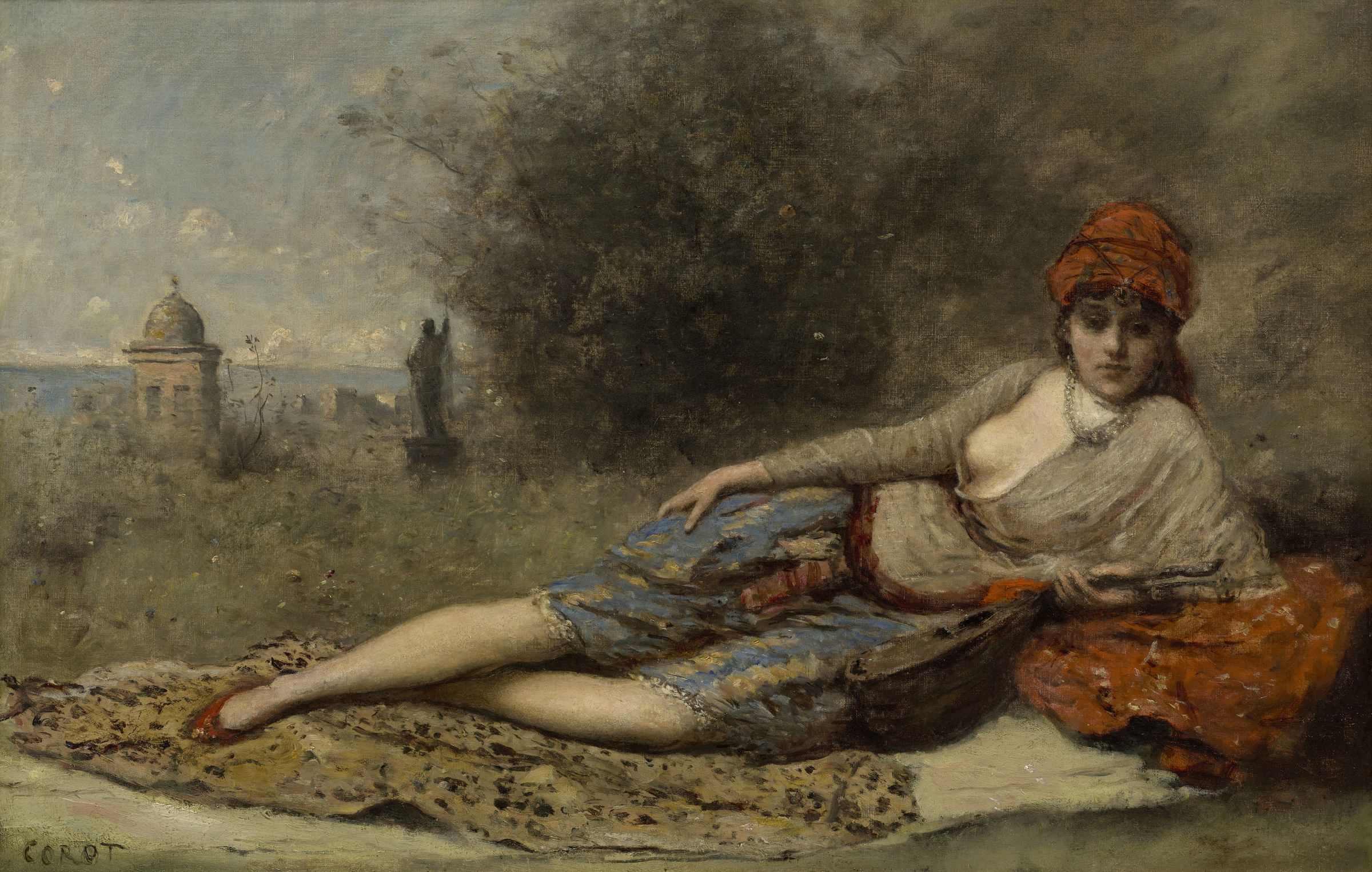Museum of Fine Arts, Houston Hitches Berthe Morisot


Berthe Morisot, In England (Eugène Manet on the Isle of Wight) (Eugène Manet à l’Île de Wight), 1875, oil on canvas, Musée Marmottan Monet, Paris, Denis and Annie Rouart Foundation.

Berthe Morisot, Young Woman Dressed for the Ball (Portrait ou Jeune femme en toilette de bal), 1879, oil on canvas, Musée d’Orsay, Paris.

Pierre Bonnard, Vase of Flowers and Game of Checkers (Vase de fleurs et jeu de dames), 1912, oil on canvas, private collection.

Juan Gris, Guitar (Guitare/Guitarra), 1913, oil on canvas, private collection.

Paul Cézanne, The Turning Road (La route tournante), c. 1877, Oil on canvas, private collection.

Camille Pissarro, Garden, Éragny, Late Summer (Jardin, Éragny, fin d’été), 1897, oil on canvas, private collection.

Jean-Baptiste-Camille Corot, The Sicilian Odalisque (L’odalisque sicilienne), 1872, oil on canvas, private collection.
Impressionist Original and Monet to Picasso: A Very Private Collection
In 1857, Berthe Morisot’s painting teacher Guichard told Morisot’s mother he could turn her daughter into a real painter, a thing disastrously unsuitable for a young woman of the grande bourgeoisie, who wasn’t expected to make a public spectacle of herself. It turned out to be a prophetic statement. Soon after, Morisot resolved to become a recognized painter and to sell her work, despite concerns about propriety and spinsterhood.
Bold career moves followed. Not satisfied to copy in the Louvre, she lugged easel and supplies to the banks of the Oise River to paint with Jean Baptiste Camille “Papa” Corot, weighed down by corset and long dress. She befriended avant-garde painters such as Édouard Manet, who became her mentor and painted her portrait eleven times. When she finally did marry it was to a man who supported her career, Manet’s brother Eugène Manet. Morisot’s boldest flouting of convention was to join a radical art movement and exhibit alongside lunatics with half-cocked notions about color and light in the Impressionist Exhibitions beginning in 1874. Ridicule didn’t deter Morisot from her central role in the new movement, nor from developing a ravishing technique described by Gary Tinterow as “truly radical” and “unsurpassed in its boldness and exceptional beauty.” Take in Morisot’s immensely satisfying brushwork in Berthe Morisot: Impressionist Original at Museum of Fine Arts, Houston through January 12, 2020.
To understand Tinterow’s excitement, look closely at the treatment of flesh in the woman’s décolleté and shoulders in Young Woman Dressed for the Ball (1879), in which barely detectable blue-greenish brushstrokes articulate body curves. Morisot rendered the figure’s dress with sketchy loose dabs of luminous grayish and pearl toned paint. These marks which appear random, are in fact skillfully controlled, resulting in unerring form.
The silvery cream tone patterns in the dress, labeled “pearlescent” by curator Helga Aurisch, typify Morisot’s high Impressionist style. It was Papa Corot who taught Morisot to fashion pearly incandescent. This technique made MFAH hell-bent on owning Morisot’s Young Woman (1871), which it purchased in 2016 and which is prominently included in this show.
Ordinarily too impatient to model for his wife, Eugène posed in 1875. The freely executed In England (Eugène Manet on the Isle of Wight) is a tender portrayal in which Morisot finagled compositional depth to make the light filled interior merge with outdoor space. When Eugène died in 1892, Morisot said she didn’t want to live.
There’s more to grab your eye. MFAH paired twenty-three paintings by Morisot with Monet to Picasso: A Very Private Collection, an impressive showcase of Impressionist, Post-Impressionist and early Modern paintings also on view through January 12, 2020. Whomever assembled this array, and the museum is keeping tight lipped, was deeply committed to highlighting stylistic developments in important 19th and early 20th century French art movements.
At every turn, the artworks respond to each other. Richly colored vegetation and sea in Paul Gauguin’s Martinique Landscape with Mango Tree (1887) for instance nod to vibrant color patches in Pierre Bonnard’s Vase of Flowers (1912), and remind us that Gauguin and Bonnard painted together in Pont-Aven. In the same vein, Juan Gris’s fragmented faceted guitar in Guitar (1913), painted in the heyday of Analytic Cubism, converses with later works by Picasso and Braque and enshrines the fact that Gris played a major role in the development of Cubism, arguably the most revolutionary reordering of pictorial space to take place since the Renaissance.
Included in this collection is a delicious landscape that indirectly loops back to our friend Berthe Morisot. When Paul Cèzanne, who exhibited with Morisot in the first Impressionist Exhibition, painted The Turning Road (1877), he worked alongside his friend and mentor Camille Pissarro, who also participated in the 1874 Impressionist show. Cèzanne’s inflated opinion of himself which ultimately led him to paint in Aix, isolated from the imbecilic chatter in Paris, didn’t stop him from soaking in Pissarro’s advice on color harmony to make this painting. Pissarro would have told Cèzanne that he himself learned subtle tonal gradations from Papa Corot.















